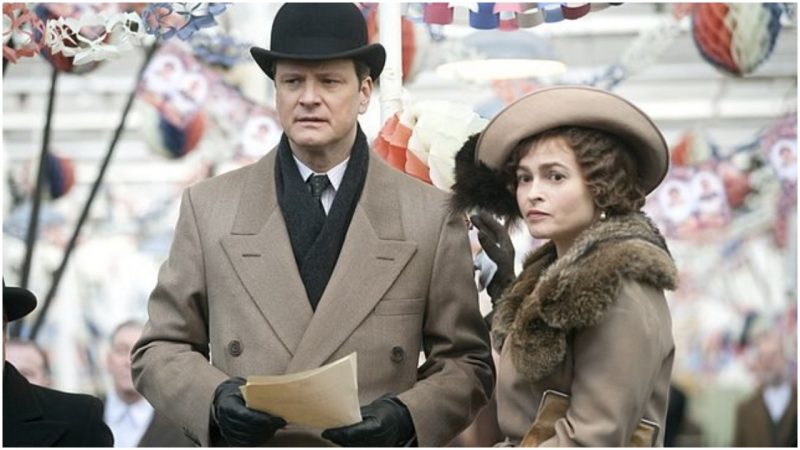On Sept. 3, 1939, Albert Frederick Arthur George—or King George VI—arranged a radio broadcast, despite a debilitating stutter, to address the British people on the eve of World War II.
Albert was never supposed to be king, and he feared public speaking because of his stutter. However, he proved his strength when everyone said he was weak, delivering his speech beautifully and passionately, and he became the leader that his country needed during those terrifying times.
Word by word, spoken in serene fashion and with no stutter in between, the king started his speech:
“In this grave hour, perhaps the most fateful in our history, I send to every household of my peoples, both at home and overseas, this message, spoken with the same depth of feeling for each one of you as if I were able to cross your threshold and speak to you myself.
For the second time in the lives of most of us, we are at war.”
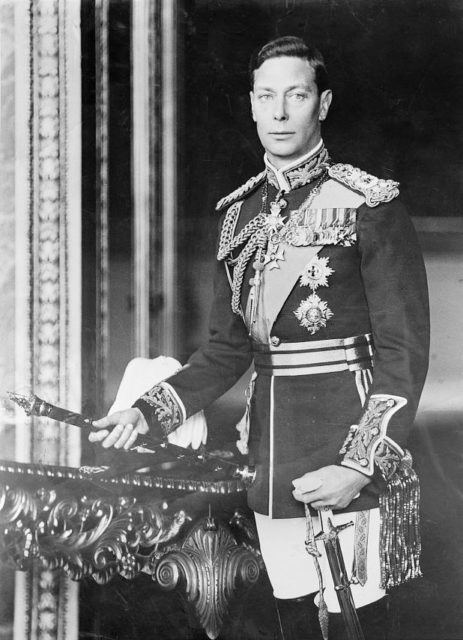
Now, let us forget briefly that he was a king, and imagine him for a moment solely as a human being with a task that seemed beyond his reach. Let us think about how agonizing it would be that your personal task, the one thing you must do for your people, is at the mercy of your biggest weakness, and realize that almost no one thinks you capable of living up to the challenge. Isn’t that the universal tale of heroism: a hero who, despite all of the obstacles and all of his shortcomings, still manages to find a way to do what must be done, at the very moment when it is needed the most. For this man, it was something as simple as a speech.
In 2010 this remarkable story was made into a film titled The King’s Speech, starring Colin Firth as the reluctant, stammering king, and Helena Bonham Carter as his wife Elizabeth, the future Queen Mother. And as any other biopic that starts with the “inspired by true events” or “based on a true story” tagline, the bashing from critics who would question the historical accuracy of the movie is unavoidable. In past years, Oscar candidates such as A Beautiful Mind, Saving Private Ryan, and The Queen have been belittled on charges of factual inaccuracy and exaggeration. The King’s Speech was no exception.
These two extremely talented actors were accompanied by Geoffrey Rush, who portrayed Lionel Logue, an unorthodox Australian speech therapist who aided the King so that he could deliver his speech. Aside from small details that some nitpickers highlighted, the core of the story unfolds onscreen as history remembers, especially Rush’s character, who forged an unlikely friendship with the King that lasted until his death. His contribution to the events that actually occurred is as real as it can get, and so was their friendship.
For what it’s worth, he was the unsung hero behind the curtains who managed to find a way to help a man face his deepest fears. He is a character who, as we often see in movies, is introduced to help the story move forward towards its conclusion and the personal development of the main character. Lionel Logue was more than that, however.
Born in College Town, Adelaide, South Australia on Feb. 26, 1880, Logue was an established speech and language therapist and an amateur stage actor long before he made contact with Albert. He began his professional career at Perth, where he started to develop distinctive therapy treatments for Australian World War I veterans who after the war exhibited shell-shock-induced speech impairment. Aside from the traditional physical exercises, Logue found that psychology can play an even greater part in patients’ speech improvement so he tried utilizing humor, patience, and sympathy among many other methods he deemed necessary. He used all his techniques in his treatment of the king, at least to some extent.
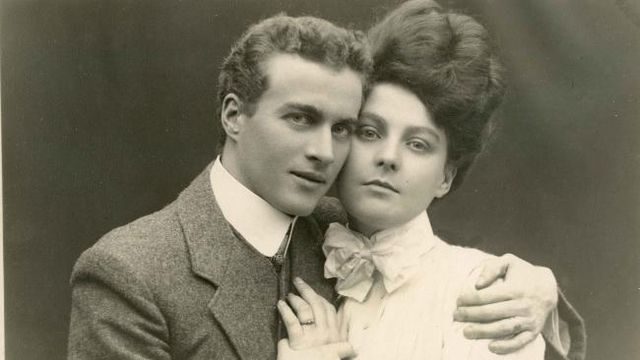
In 1924, Logue took a holiday trip with his wife and his three sons to England, but once he got there, he came across a job teaching articulation at schools in London, and two years later he opened a speech defect practice at 146 Harley Street. Attracting wealthy clients, he used the fees paid by them so he could provide treatment for patients who were unable to do so.
In the meantime, Albert, the duke of York, was not considered an heir to the throne and was leading a somewhat quiet life with his wife and their two daughters, Elizabeth (today’s Queen) and Margaret at their London residence, 145 Piccadilly. This would change when his older brother, Edward VIII, abdicated.
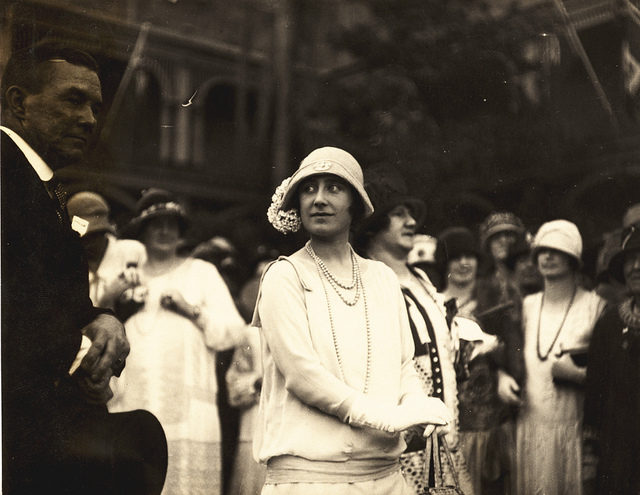
Due to his condition, Albert avoided public speaking whenever he could. Yet there were times when he simply couldn’t, because his royal position required him to address the nation, especially since his brother Edward, the heir to the throne, on many occasions disregarded established constitutional conventions and protocols. So Albert, whose father, King George V, saw him as a true successor, had to deliver a closing speech at the British Empire Exhibition at Wembley on Oct. 31, 1925. Considering his stutter, this was an ordeal for both him and his listeners. So, urged by his loving wife, he began to see Lionel Logue and work with him on the stammer and his fear of public speaking.
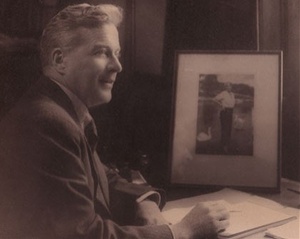
Logue diagnosed him with poor coordination between his larynx and thoracic diaphragm and prescribed vocal exercises to do on a daily basis. After witnessing that the treatment was not going as smoothly as it should, he gave the duke breathing exercises and instructed the duchess to rehearse them with him patiently. The treatment was supposed to give him the confidence to relax and avoid tension-induced muscle spasms while speaking. A short while after, he was able to speak with less hesitation.
In no more than two years, Albert was already speaking confidently and managed to speak clearly and without stammering at the opening of the Old Parliament House in Canberra.
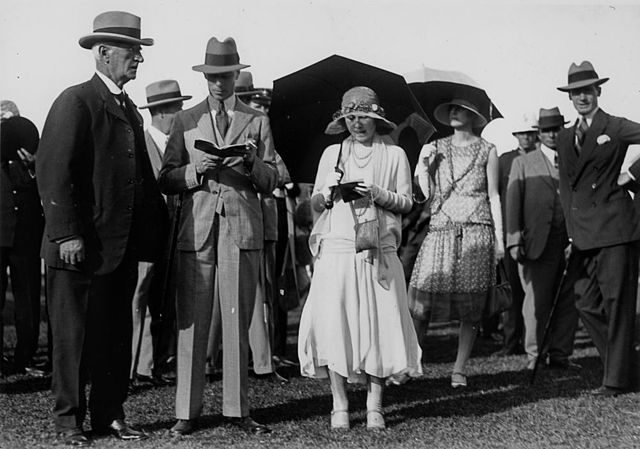
After his father’s death on Jan. 20, 1936, Prince Edward ascended the throne as King Edward VIII, only to renounce his position a year after so he could marry his mistress, Wallis Simpson, who had two divorces behind her. After the abdication, Albert became king, a position he was reluctant to accept. With the new situation at hand, the pressure on his shoulders became even greater. So, fearing he would regress back to his stuttering self, he asked Logue to work with him even more intensely than before.
They continued to work together through the 1930s and 1940s with Logue applying tongue-twisters and special phrase-singing games to help his patient prepare his for major speeches, including his coronation. After he became king of the United Kingdom, adopting the name George VI in continuation of his father’s legacy, Albert never ceased to improve himself and resumed his work with Logue, who helped him give his radio broadcasts to the British Empire throughout the Second World War up until his death in 1952.
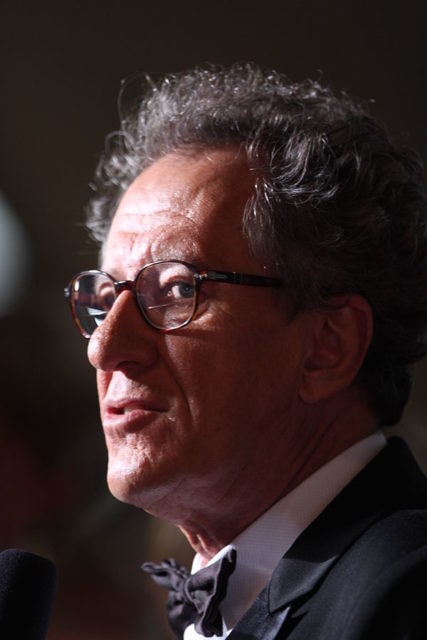
Lionel Logue was in the same room at the time of the King’s radio broadcast, now referred as the King’s Speech, which gave great comfort to his nation and its people throughout the war. While on the surface, the charismatic Edward VIII seemed to be better equipped to be king than his brother who eventually took his place, George VI displayed fortitude and dignity and rose to the challenge placed in front of him. It was much due to the help he got from the maverick Australian speech therapist, and the beautiful friendship he enjoyed with him.
Ralph Waldo Emerson once famously wrote, “What is Success? To laugh often and much; to win the respect of intelligent people and the affection of children; to earn the appreciation of honest critics and endure the betrayal of false friends; to appreciate beauty; to find the best in others; to leave the world a bit better, whether by a healthy child, a garden patch or a redeemed social condition; to know even one life has breathed easier because you have lived; this is to have succeeded.” And if this, especially the last bit, is taken as a measurement of success, then this unusual speech therapist from Australia reached the sky.
